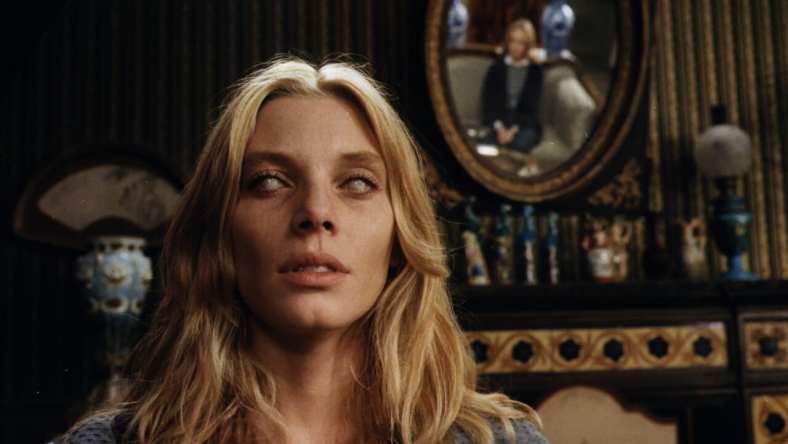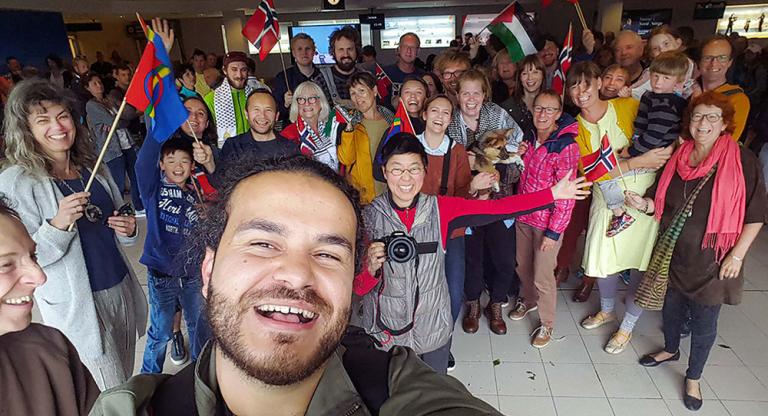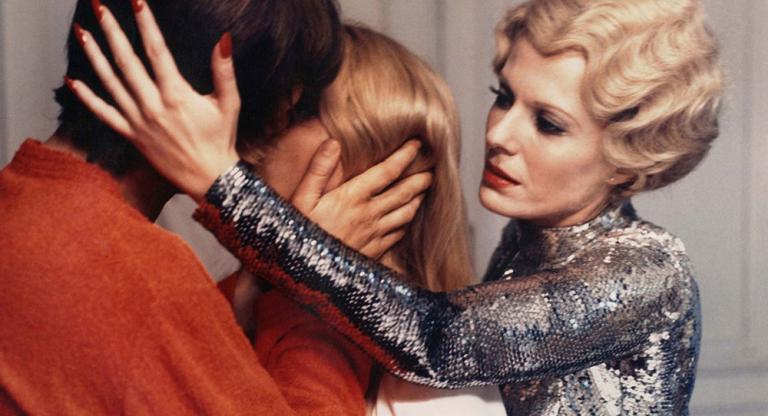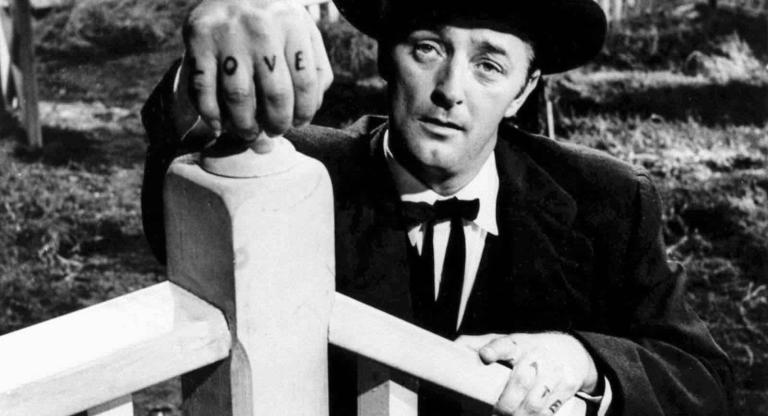In critical responses to the cinema of Lucio Fulci, there are two predominant schools of thought. In one corner, a critic like Roger Ebert, often dismissive and moralistic regarding genre cinema, waves away Fulci’s The Beyond (1981) as nonsensical trash. “The plot involves… excuse me for a moment, while I laugh uncontrollably at having written the words ‘the plot involves,’” Ebert writes, lambasting the second chapter in the director’s “Gates of Hell” trilogy for its ludicrous dialogue and obvious make-up effects. On the other hand, critics like the scholar Wheeler Winston Dixon identify similar characteristics but view them more charitably, noting Fulci’s “strangely dreamlike, hyper-violent abandonment of narrative,” which “creates a walking dream state from which the sleeper never awakes.” Dixon’s framework encourages a spectatorial reconfiguration: to accept The Beyond’s “insistent avoidance of logic” and to give into the nightmare.
What is striking about The Beyond is its clarity as a hodgepodge of horror genre elements, remixing the trademarks of old dark house pictures, apocalyptic religious fears, and zombie films into a new concoction. Set in 1927, the film’s sepia-colored prologue presents a mob’s crucifixion of a man in a Louisiana mansion. This sequence introduces the devices in Fulci’s formal toolkit: extreme, discomforting close-ups, often on the eyes of his characters; slow, wordless suspense; and the extraordinary dissection and shattering of the human body. Far from a random event of cruelty, this action occurs due to the home’s existence on a precarious threshold: one of the seven gates of hell. As hellfire erupts to kickstart the opening credits, Fulci announces our plunge into a sea of darkness, in which certain annihilation awaits.
The film advances to present day 1981, but it never leaves this harrowing harbinger of horrors to come far behind. Now a decaying, decrepit hotel under the tentative care of Liza (Catriona MacColl), this New Orleans establishment seems to barely repress its haunted history. Much like the individuals who met (and will meet) their end in this terrible space, the house is presented as a living, leaking, and rotting organism in its own right. The tropical climate of New Orleans adds to the vivid atmosphere, with the sweaty bodies and murky, swampy humidity permeating the viewer’s experience of its world, as if the hellish afterlife is being kept at bay by the thinnest of threads.
The tactile quality of the film’s spaces is carefully intertwined with Fulci’s gory death sequences. Fulci presents a corporeal form of horror that is less concerned with the possibilities of transformation than it is with the fluidity of matter itself—how solid bodies and forms can be melted, mangled, and dissolve into pools of liquid and gaseous viscera. Eyeballs are ripped from their sockets; geysers of blood spurt from the necks of dying victims; faces are torn, with skin peeled and flesh slowly squished. No character is spared, no body part immune to the film’s violence.
To its further credit, The Beyond explicitly thematizes its own narrative and aesthetic preoccupation with (ir)rationality, featuring characters who harbor doubts about the supernatural occurrences around them until confronted with incontrovertible proof. Shrouded in mist and fog, laced with the blood and guts of its characters, The Beyond willingly waltzes us right into hell.
The Beyond screens this Wednesday, October 23, and on October 24, at the Vogue Theater.






